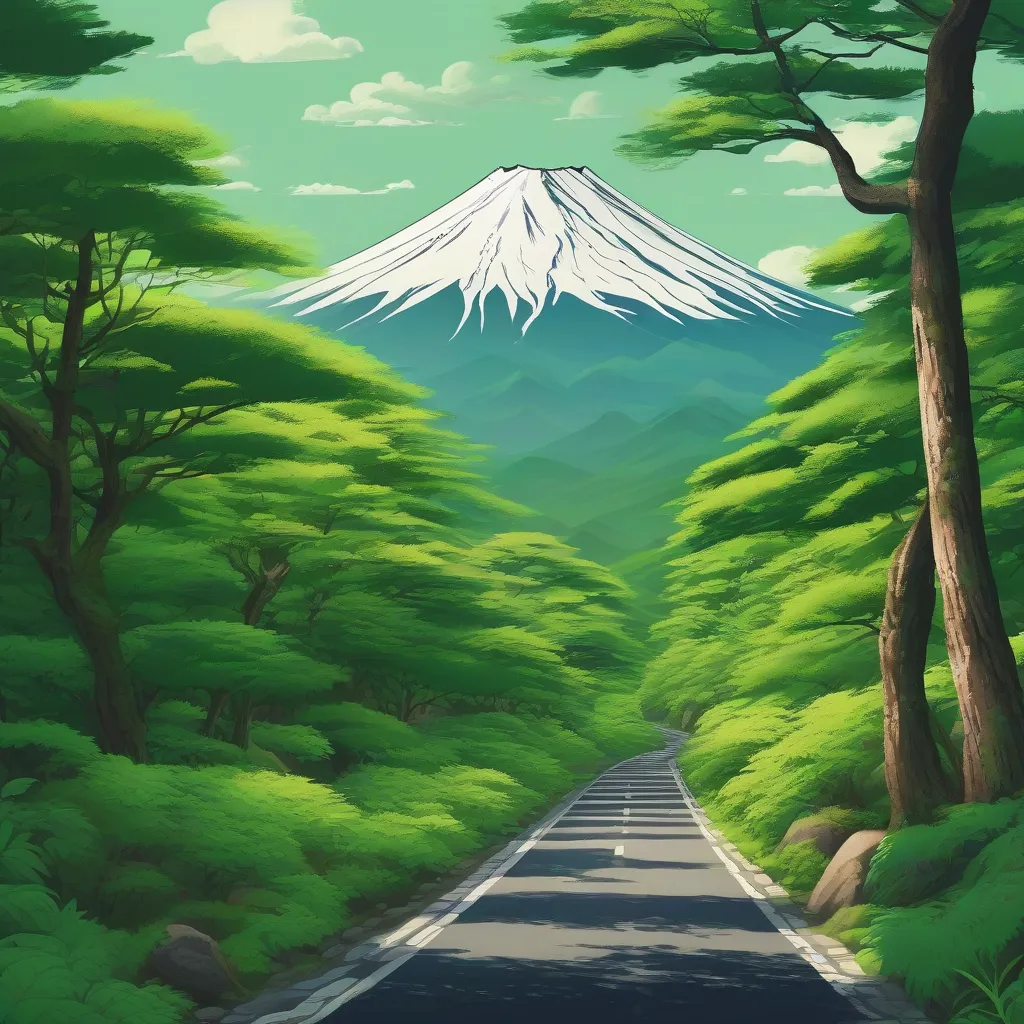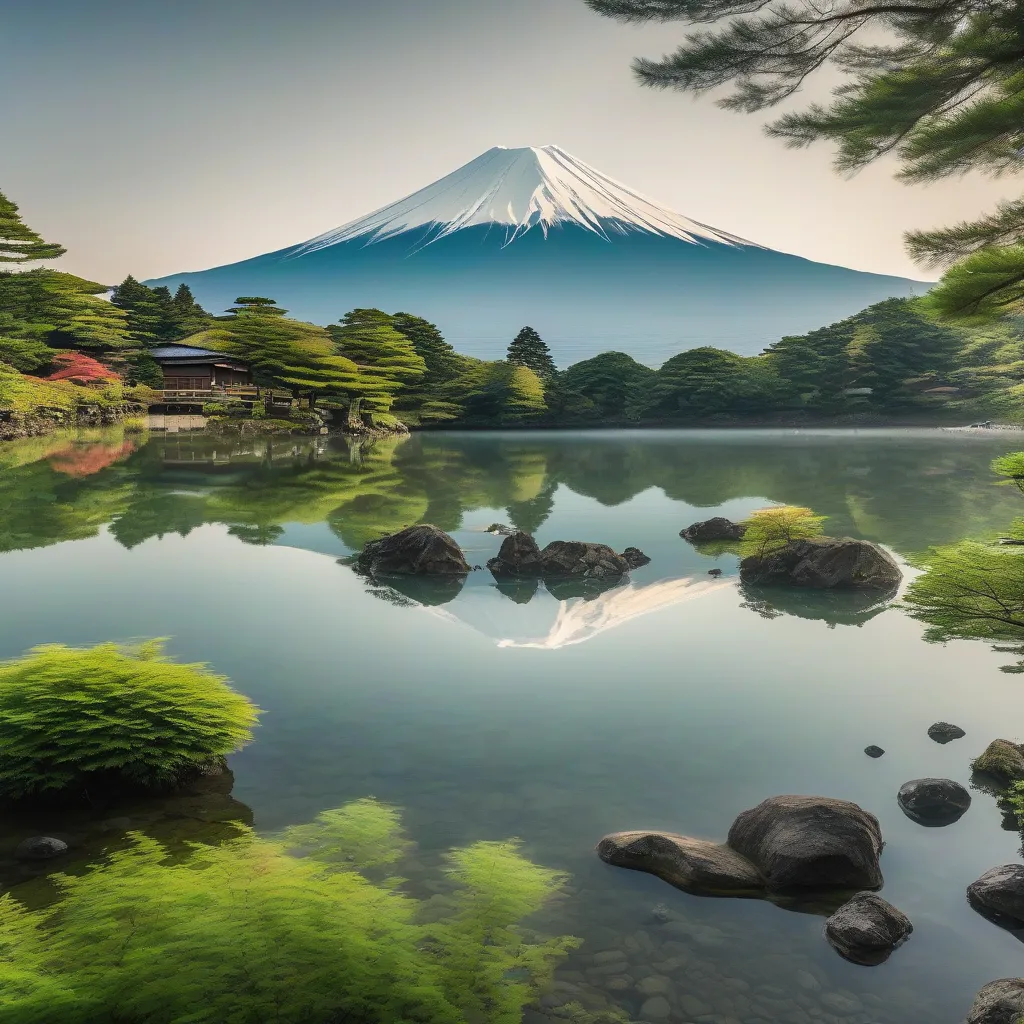“The journey of a thousand miles begins with a single step.” – Lao Tzu. And for many travelers, that first step towards experiencing the majesty of Mount Fuji starts in the bustling metropolis of Tokyo. While the iconic peak might seem a world away from the neon lights and fast-paced energy of the city, reaching this symbol of Japan is surprisingly easy. Whether you’re an experienced hiker aiming for the summit or simply wish to bask in the mountain’s breathtaking presence, this guide will equip you with all the information you need to plan your perfect Mount Fuji adventure.
Getting to Mount Fuji from Tokyo: A Journey of Options
There are several ways to travel from Tokyo to Mount Fuji, each offering unique experiences and catering to different budgets and time constraints.
1. Bullet Train: Speed and Efficiency
For those who value time, the Shinkansen (bullet train) is your best bet. This high-speed rail network whisks you from Tokyo Station to Shin-Fuji Station, the gateway to the Mount Fuji area, in just over an hour. Imagine sipping on a steaming cup of green tea, watching the scenery flash by, and reaching your destination before you know it!
Price: Around 7,000-8,000 JPY (approximately $50-$60 USD) for a one-way ticket.
Travel Time: Approximately 60-75 minutes.
Tip: Reserve your tickets in advance, especially during peak season (July-August and cherry blossom season), to secure your seat.
2. Direct Bus: Budget-Friendly Comfort
Traveling on a budget? The highway bus provides a comfortable and affordable alternative. Numerous companies operate direct routes from Tokyo’s major bus terminals (Shinjuku, Shibuya, Tokyo Station) to the Fuji Five Lakes region, offering scenic views along the way.
Price: Around 2,000-3,000 JPY (approximately $15-$20 USD) for a one-way ticket.
Travel Time: Approximately 2-3 hours.
Tip: Opt for an express bus to minimize travel time. Consider booking in advance, especially during weekends and holidays.
3. Scenic Drive: Freedom and Flexibility
For those seeking ultimate freedom and a chance to soak in the scenery at their own pace, renting a car and embarking on a road trip is an excellent option. The drive from Tokyo to Mount Fuji takes you through picturesque countryside, charming towns, and offers the flexibility to stop and explore along the way.
Price: Varies depending on the rental car company, car type, and rental duration. Expect to pay around 5,000-10,000 JPY (approximately $35-$70 USD) per day.
Travel Time: Approximately 2-3 hours without stops. However, factor in additional time for sightseeing and potential traffic delays.
Tip: Familiarize yourself with Japan’s traffic rules and toll road system. Consider renting an ETC card (electronic toll collection) for smoother toll payments.
 Road to Mount Fuji
Road to Mount Fuji
Planning Your Mount Fuji Trip: Essential Information
1. Best Time to Visit
Mount Fuji’s allure varies with the seasons, offering unique experiences year-round:
- July-August (Climbing Season): Witness the mountain’s iconic snow-capped peak and enjoy clear hiking trails.
- April-May & October-November: Experience milder weather and colorful foliage, ideal for sightseeing and photography.
- December-February: Marvel at the snow-covered landscape and indulge in winter activities.
2. What to Pack
Pack for all weather conditions, even during warmer months. Essential items include:
- Comfortable walking shoes: For hiking trails and exploring the surrounding areas.
- Layered clothing: To adapt to fluctuating temperatures.
- Rain gear: Mount Fuji experiences frequent rainfall.
- Sun protection: Sunglasses, hat, and sunscreen are crucial, especially at higher altitudes.
3. Accommodation Options
From traditional ryokans (Japanese inns) offering stunning mountain views to budget-friendly guesthouses and campsites, the Mount Fuji region caters to all preferences and budgets. Consider booking in advance, especially during peak season.
Beyond the Climb: Exploring Mount Fuji’s Surroundings
While the summit climb is a popular pursuit, the Mount Fuji region offers a plethora of other attractions:
- Fuji Five Lakes: Five pristine lakes (Kawaguchiko, Yamanakako, Saiko, Shojiko, Motosuko) offer stunning reflections of Mount Fuji and opportunities for boating, fishing, and relaxation.
- Aokigahara Forest: Known for its mystical beauty, this dense forest at the base of Mount Fuji is shrouded in legend and folklore.
- Chureito Pagoda: Capture breathtaking panoramic views of Mount Fuji framed by the iconic red pagoda.
 Fuji Five Lakes
Fuji Five Lakes
FAQs: Answering Your Mount Fuji Queries
Q: How physically demanding is the Mount Fuji climb?
A: Climbing Mount Fuji is challenging, even for experienced hikers. The trails are steep and rocky, and altitude sickness can be a concern. It’s essential to be physically prepared and acclimatize yourself before attempting the climb.
Q: Can I climb Mount Fuji without a guide?
A: While it’s possible to climb Mount Fuji independently, joining a guided tour is recommended, especially for first-timers. Guides provide valuable insights, ensure safety, and enhance the overall experience.
Q: Are there any cultural etiquette tips I should be aware of when visiting Mount Fuji?
A: Like any sacred site, it’s essential to be respectful. Avoid littering, speak in hushed tones at shrines and temples, and be mindful of others.
Embark on Your Mount Fuji Adventure
From the moment you catch your first glimpse of its snow-capped peak to the exhilaration of reaching a summit above the clouds or simply soaking in the serenity of its surroundings, a journey to Mount Fuji is an experience that will stay with you forever. Plan your trip, embrace the adventure, and create unforgettable memories amidst the majestic beauty of Japan’s iconic mountain.
For more travel inspiration and resources, visit travelcar.edu.vn.